When running a physical store, we measure success of the business by analysing the revenue and profit. This means business success is measured in terms of finances. But in the digital world, this is hardly enough.
The eCommerce world is large and your business can easily get lost if you do not take your decisions strategically. How do you take strategic business decisions? By tracking metrics. Yes, you need to consider numbers to make your eCommerce business profitable in the long run. Every sales and marketing decision should be backed by data.
In the digital world, tracking business success is in terms of metric rather than just revenue and profit
eCommerce metrics to track can seem confusing and a time-consuming element. But it’s an inevitable part of business. In this blog, you will learn about everything you need to know about eCommerce metrics to track for a successful online business.
What is a metric?
A metric is defined as a measurement of performance which is consistent. In simpler words, a measurement which will give you insights on how well you are performing is called a metric. It can be tracked with the help of tools and software.
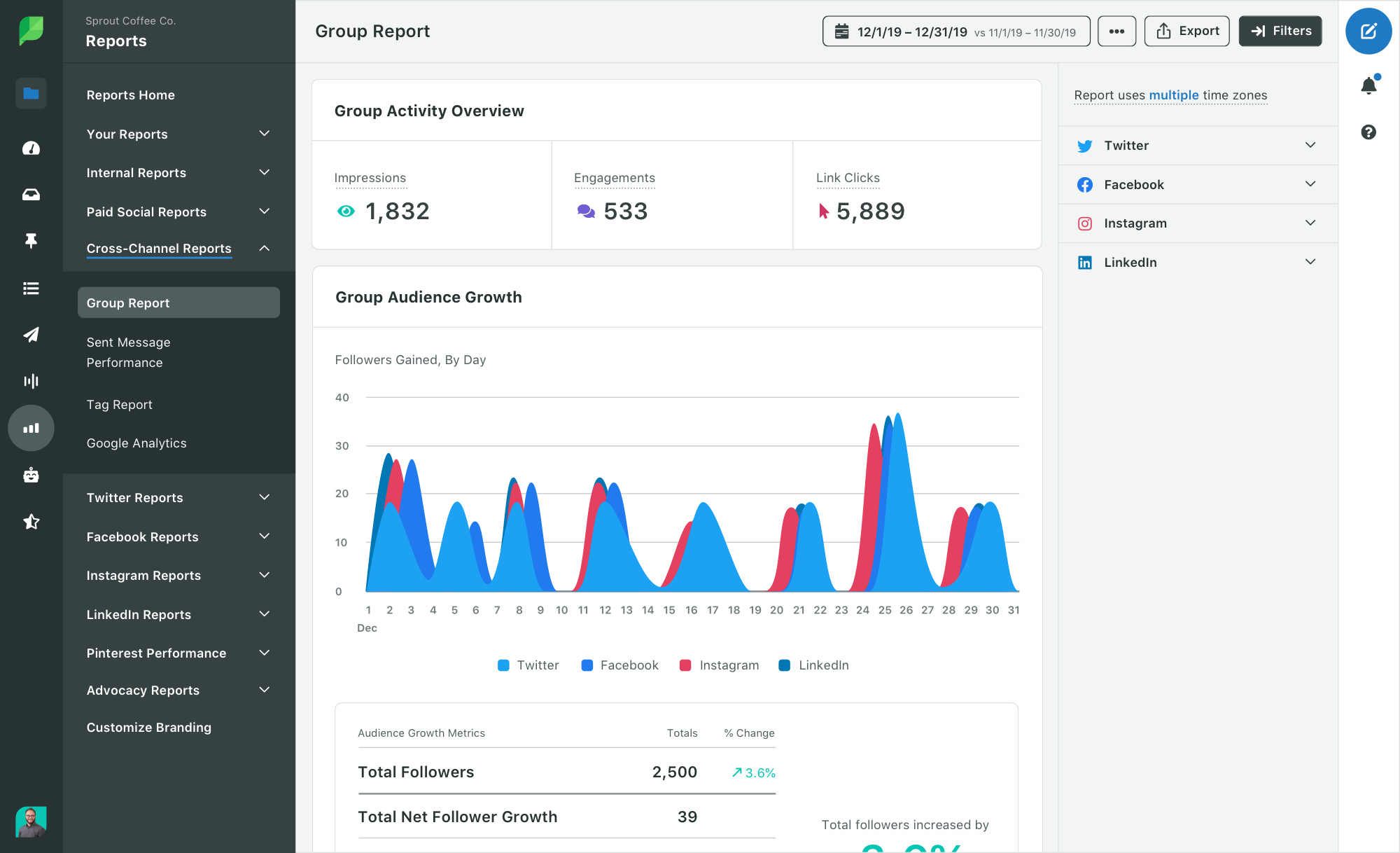
Source: Sprout Social
You need to interpret this raw data to turn it into beneficial analysis for your business. Social media platforms, online stores, and shopping carts are good sources of eCommerce metrics to track.
Why track metrics for eCommerce?
Metrics enable improvement in various aspects of your business from product discovery to sales and retention. It will help you in making better business decisions. By tracking your eCommerce performance with numbers, you will get a clear idea of what’s working and what’s not.
If you are not convinced yet on tracking eCommerce metrics, you should know that every successful business out there are tracking metrics every step of their journey. So, why not start immediately and follow in the footsteps of other great businesses?
Top eCommerce metrics to track and how to improve them
Every metric is different and has different value. We have split different eCommerce metrics based on buyer journey and explained each in simple terms. You will also find out how to improve each of them.
Analytics to measure how many people know about your product/store
Product discovery is the first stage of the buyer journey. Your target audience needs to get familiar with your brand to buy from you in the future. These metrics help you track how many people are aware of your online business.
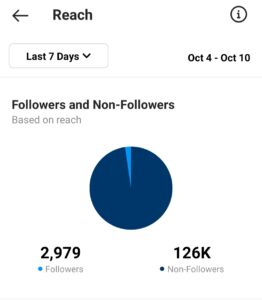
1. Impressions
The number of times your ad or piece of content is presented to someone is called impressions. It can happen through social media, website traffic, or ads.
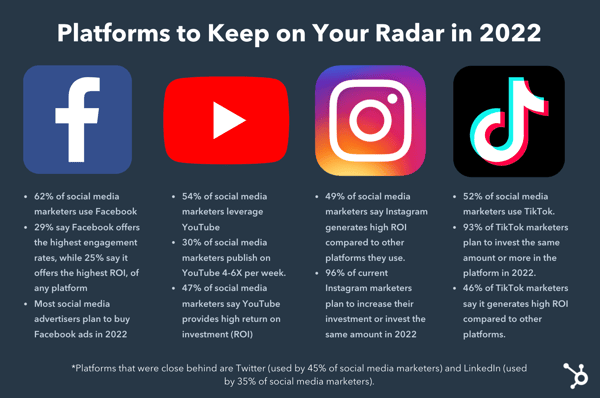
Source: HubSpot
2. Reach
It is the total number of people who see your content. Reach can be improved by consistent marketing campaigns through various platforms.

3. Engagement
You might be familiar with this metric, it’s the most commonly tracked metric. As the name suggests, engagement is the total number of people who interact with your content.

Related Read: How to Measure Social Media Success for your Business
All these three metrics can be improved with content marketing. Metrics from social media come under this section. So, such metrics are called vanity metrics. They may be huge numbers, but may not contribute to your sales. Therefore, do not get too comfortable with these numbers.
Do not be fooled by vanity metrics. They may be huge numbers, but may not contribute to your sales.
Social media should only be considered as a platform to bring engagement and nurture your customers (top of the funnel marketing). Though it can be used as a sales channel, it’s unhealthy for your business to rely on only Instagram for sales.
Metrics to determine how many people visit your online business
Now that you know how many people know about your store, you need to find out how many visits your store gets.
Tracking such metrics is the next important thing to do. While impressions and reach give you an idea about how many people are aware of your business, the following metrics determine how many are actually closer to making a sale and not just viewing your content:
1. Email performance metrics
The major email marketing metrics are open rate, click through rate, unsubscribe rate. People who open emails from a business are more likely to buy from them. You can improve email click through rates by creating well-designed emails and newsletters, strong calls-to-action, and good subject lines.
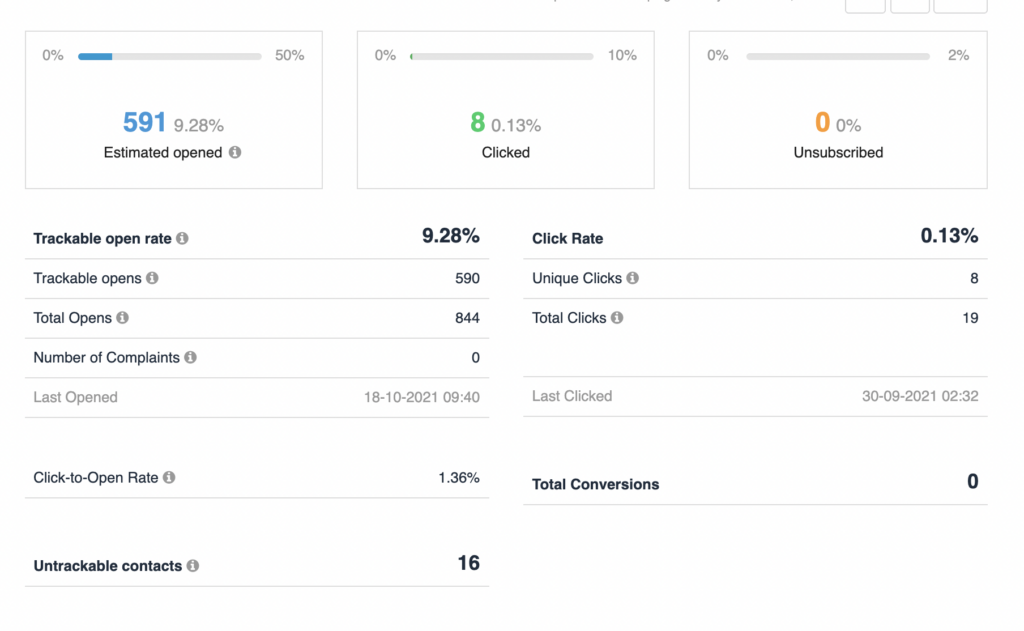
Email marketing is very important for any kind of business. Therefore, you should focus on building your email list early in your business. For this, create newsletters that add value to your audience and will attract them to your products or services.
2. Customer acquisition cost
As an online store owner, you will need to invest in marketing, ads, etc. But if the cost of those campaigns outweighs the total revenue then your business is not doing well.

A thriving online business will have low CAC.
Related Read: How to Set up High Conversion ads for your Business
3. Organic traffic
To get customers for your business in the long run, you can’t always depend on paid marketing ads. For this, you will need to attract people to your site organically.
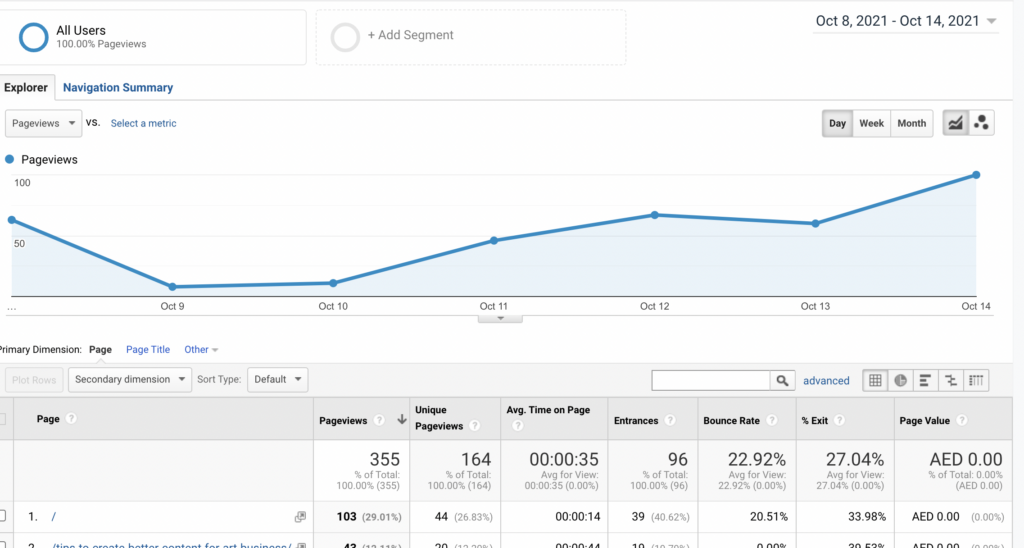
You can improve your organic traffic by ensuring that your on-site/technical SEO remains true to best practices (proper tagging, good response time, etc.) and that your off-page SEO performs well.
How to use traffic analytics to grow your online business:
Improve your products by decoding customer traffic. Check which product pages get more traffic and use this data as a benchmark for your other products.
If your bounce rate or customer drop-off data is high, optimise your eCommerce website accordingly. For this, you can take the help of a website optimiser.
Top eCommerce metrics to track paying customers
Now that you know how to find out how many people visit your store, you need to measure how many store visitors get converted into paying visitors. This is also called conversion. To measure conversion rates on your eCommerce store, these metrics should be considered:
Segmented Conversion rates
Conversion rates is the percentage of visitors in your website who make a purchase. This is one of the most top eCommerce metrics to track.
Conversion rates will be different for different channels—Facebook, Adwords, SEO, influencer. Measure each of these channels separately and check which one is working best for your business.
Related Read: How to Use the Power of SEO to Increase Traffic to Your Online Store
For example, influencer marketing might be bringing in more conversion while Adwords brings in negligible conversion. So you can consider investing more on influencer marketing and less on Adwords.
That’s how you make data-driven business decisions based on metrics. Conversion Rate Optimization (CRO) can really enable more success to your marketing campaigns.
Top eCommerce metrics to track returning customers
The following metrics will help you determine how your existing customers think about your brand:
1. Customer retention rate
Retention rate is best defined as the percentage of customers you maintain as customers over a period of time. The higher this number, the better you’re doing in servicing your customers. Improve customer retention rate by providing top-notch customer service and constantly working on the quality and relevance of your products.
2. Customer life-time value (CLV)
CLV is the total amount you earn from your customers over the length of their relationship with you. The overall revenue that a customer will bring you during their lifetime.
Related Read: How to Build Customer Trust Online
Therefore, this metric is difficult to track and sometimes lack stability. But that doesn’t mean you should avoid it. Customers are the heart of any business. So, find a way to calculate your customers’ worth. CLV will improve by increasing customer retention.
3. Repeat customer rate
Determine how many of your customers have made multiple purchases over a period of time. This is a metric to measure the quality of your customer service and the overall quality of business. Therefore, to improve this metric, improve your customer service quality.
Top eCommerce metrics to track customer loyalty
Can you measure loyalty? Isn’t that an intangible value? Yes, you can and this eCommerce metric is one of the most important one. The customers who become loyal are in the stage called advocacy stage. These customers are your goldmine. The following metrics will help you track customer loyalty:
1. Net promoter score (NPS)
This is a measure of how likely your customer is to refer your business. You can find out this by conducting surveys.
The NPS score can be calculated by adding up your responses and dividing them by the number of promoters and detractors.
NPS metric depends on many aspects of your online business including customer service, customer experience, and product quality. This is a very valuable eCommerce metric to measure.
2. Program participation rate
This is a measurement of how many people participate in your loyalty programs. Introducing loyalty programs can foster better brand awareness. Therefore, this metric improves other metrics such as repeat customer rate and retention rate.
Introduce loyalty programmes, special coupons, discount sales for loyal customers and see the magic happen.
Track eCommerce metrics for success
The bottom line is customers matter. Every step they take in the buyer journey should be monitored, tracked, and analysed.
To sustain in the world of eCommerce, you need to keep track of how and what you’re doing in terms of solid data. A small flip from your side might cost a lot to your business. So, it is always better to have data-backed decisions.
The above analysis of top eCommerce metrics to track points to the fact that an eCommerce website is inevitable for your online business. This is because metrics are easier to track with a website of your own. And, social media and marketplaces makes it complicated to track your progress.
Start an eCommerce website and make you online business smoother. Track metrics, plan better marketing strategies, and grow your business online. Your own online store will ensure that your business does not fall behind and will become sustainable.
Your own eCommerce store is just a few clicks away. Sign up for free on Instamojo and create your store now. Trust us, this will be the best business decision you make!
Get actionable insights to your online business
Instamojo offers business analytics tools for you to measure data points like orders over time, number of visitors, customer lifecycle, etc. This will help you enhance your eCommerce business.
You can also compare the store’s performance with industry benchmarks. You can view all this data on your Instamojo dashboard.
Get started for free on Instamojo to measure your business success.

